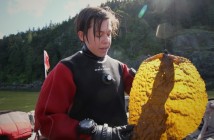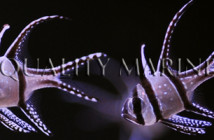Our oceans have become a giant trashcan for the world. Debris from land, beach goers, fishermen, and other careless humans have made their way into lakes, rivers, and seas. To make matters worse, a lot of the trash is plastic, and plastic takes hundreds of years to deteriorate. According to Plastic Debris Rivers to Sea Project, a project by The Algalita Marine Research Foundation and the California Coastal Commission, “Most of the marine debris in the world is comprised of plastic materials. The average proportion varies between 60 to 80% of total marine debris. In many regions, plastic materials constitute as much as 90 to 95% of the total amount of marine debris.”
The trash and other material accumulates in large areas where currents form gyres and dead zones. The gyres are areas in the ocean where currents converge and form a circular flow pattern. Think of it as sort of a toilet flushing, but the trash doesn’t go down into a hole. Currently, there are five major gyres in the oceans. One is located in the Indian Ocean, while there are two each in the Pacific and Atlantic Oceans. Garbage and other junk accumulates in the center of these gyres and is unable to escape. Animals that cross these gyres encounter the trash and can become entangled in the garbage or eat it. Sea turtles for example commonly mistake plastic bags for one of their favorite prey items, the jellyfish.
I could go on and on forever about all of the debris in our oceans, and it’s no better now that a few million barrels of crude oil have been released into the Gulf of Mexico. Below are links to a few great websites that focus primarily on trash in our oceans.
The Plastiki Expedition
5 Gyres
The Daily Ocean
Algalita’s Plastic Debris







